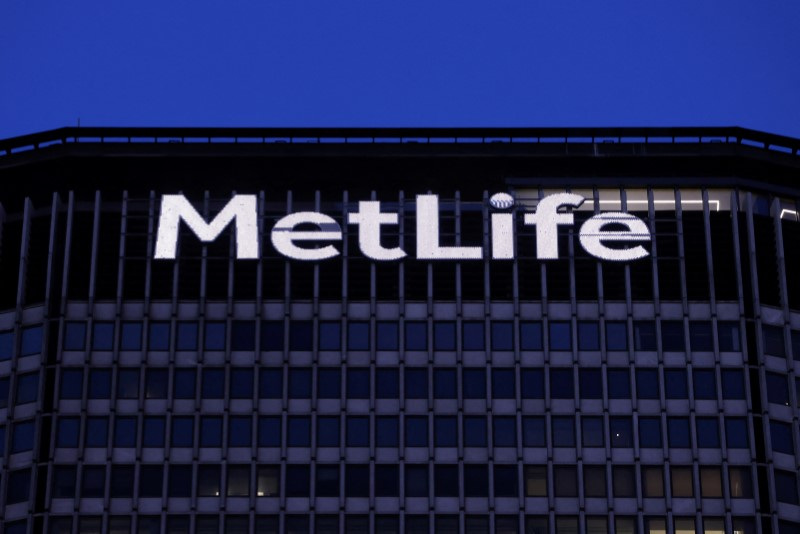By David French
NEW YORK (Reuters) – MetLife (NYSE:MET) and General Atlantic are forming a reinsurance venture, the companies’ executives told Reuters on Wednesday, the latest in a growing trend of insurers and alternative money managers teaming up to boost returns from low-risk insurance assets.
The venture, called Chariot Reinsurance, will have an initial equity contribution of more than $1 billion, with MetLife and General Atlantic each holding around 15% ownership.
Chariot Re, which is due to launch in the first half of 2025, will be headed by Cynthia Smith, most recently the head of MetLife’s group benefits regional business, and be initially seeded with $10 billion of existing MetLife policies.
Fellow insurer Chubb (NYSE:CB) will also be an anchor investor in the venture, with other institutional investors in the process of committing funds, General Atlantic Chief Operating Officer Graves Tompkins (NYSE:TMP) said.
“The high quality, long-duration liabilities that MetLife has been able to offer to Chariot Re aligns really well with our investment strategy of creating value over the long term without taking principal risk,” he said.
The move highlights the increasing convergence between the insurance and asset management industries.
Insurers want to free up capital to invest in new products by moving existing policies off their balance sheets. At the same time, alternative money managers are seeking the kind of steady, low-cost cash which insurance policies provide to invest into their strategies for higher returns.
Both MetLife – through its investment management arm – and General Atlantic will manage the assets within Chariot Re, a Bermuda-based life and annuity reinsurance company.
Future assets could also come from MetLife, while there are also significant opportunities to acquire assets from other sources, in particular the pension risk transfer market, said MetLife’s Chief Financial Officer John McCallion, as large corporations increasingly look to outsource the management of their retirement plans to cut costs.
With such opportunities ahead, McCallion said that MetLife understood it could not finance all the potential growth on its own, so getting outside capital was the most logical solution to bridging the gap.
“This is coming from the growth opportunity that we see with our business. It’s just that we’re not going to use our balance sheet for all of it,” he said.

